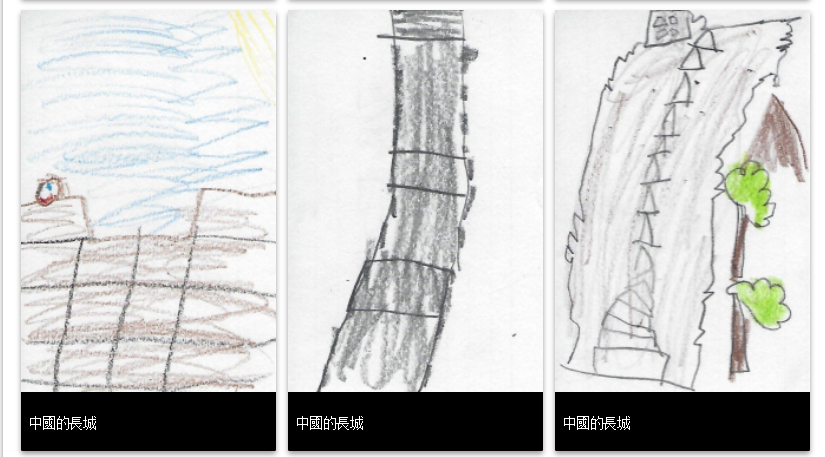Submitted by: Ryan Conway
School: Glen Allen High School
Summary
This lesson was designed to get students to collaborate while working in groups to become an expert on a specific religion from the Protestant Reformation time period. They were then given roles in which they were either an actor, public relations agent, or investigative reporter. Each role had specific research and presentation requirements. The debate topic for the press conference was, “Which religion would you choose?” Actors were required to give an opening speech discussing the major aspects of their religion, while also fielding questions from the reporters in which they had to defend their positions. Public Relation agents were moral support for the actors and would often jump in to help answer a question. They were also tasked with creating a one page flipchart that had visuals and helpful information that could be used during the press conference. The investigative reporters drove the entire press conference by asking tough critical thinking questions in which they made all of the actors justify different aspects of their religions. The students basically ran the class and the teacher was simply a facilitator that clarified items from time to time. Periodically, “Twitter timeouts” were called so that reporters could text in any questions they were unable to ask during the press conference (using ActivEngage). These questions were revisited later in the press conference.
Featured Image Credit
TIPC Ratings
Ideal/Target: Students used previously taught skills of advance google searches and website evaluation techniques to find valuable resources on their own. These resources were used to find out information about the different religions. Students were required to construct their own questions to guide their research. Not only did they have to think through the questions they wanted to ask other press conference participants, but they also had to anticipate the types of questions that would be asked of their own “candidate.” This synthesis of information allowed the students to come to a deeper understanding of the protestant reformation and gave them an opportunity to apply that knowledge to their press conference.
Ideal/Target: This was one of the main strengths of the lesson. Students were responsible for the entire 90 minutes of the press conference and the teacher was strictly a facilitator. The roles of reporter, actor, and public relations agent created a structure that allowed the students to fully experience the press conference. The in depth discussion and questions that were being asked throughout the class period showed the depth of understanding of the material by the students during this lesson. Students assisted each other during the presentations and also evaluated themselves and peers during a debriefing session. This reflection was administered using using ActivEngage at the end of class.
Ideal/Target: Critical thinking and problem solving was another strength in this lesson. This was evident because students were engaged in meaningful discussion and debating the merits of different religions completely unprompted by the teacher. As stated in the research and information fluency category, students had to create their own questions which drove their research. Students had to think of answers to questions and justify their answers with research that they had previously completed. The follow up questions by reporters particularly demonstrated a high degree of critical thinking. Students also had to reflect on their roles as part of the debriefing activity at the end of class.
Approaching: Students were required to work together to synthesize a lot of information to create a position in which they had to advertise their religion and defend their religion against antagonistic questions. They had to have the foresight to anticipate the weaknesses in their religion and think about how other groups would attack them. This caused them to be very creative in their thinking and come up with new solutions or answers to questions that they knew were coming.
Download Files
- Lesson Plan
- Teacher Directions with Roles
- Website Evaluation
- Student Example: Public Relations Agent Flipchart
- Student Example: Reporter Questions







